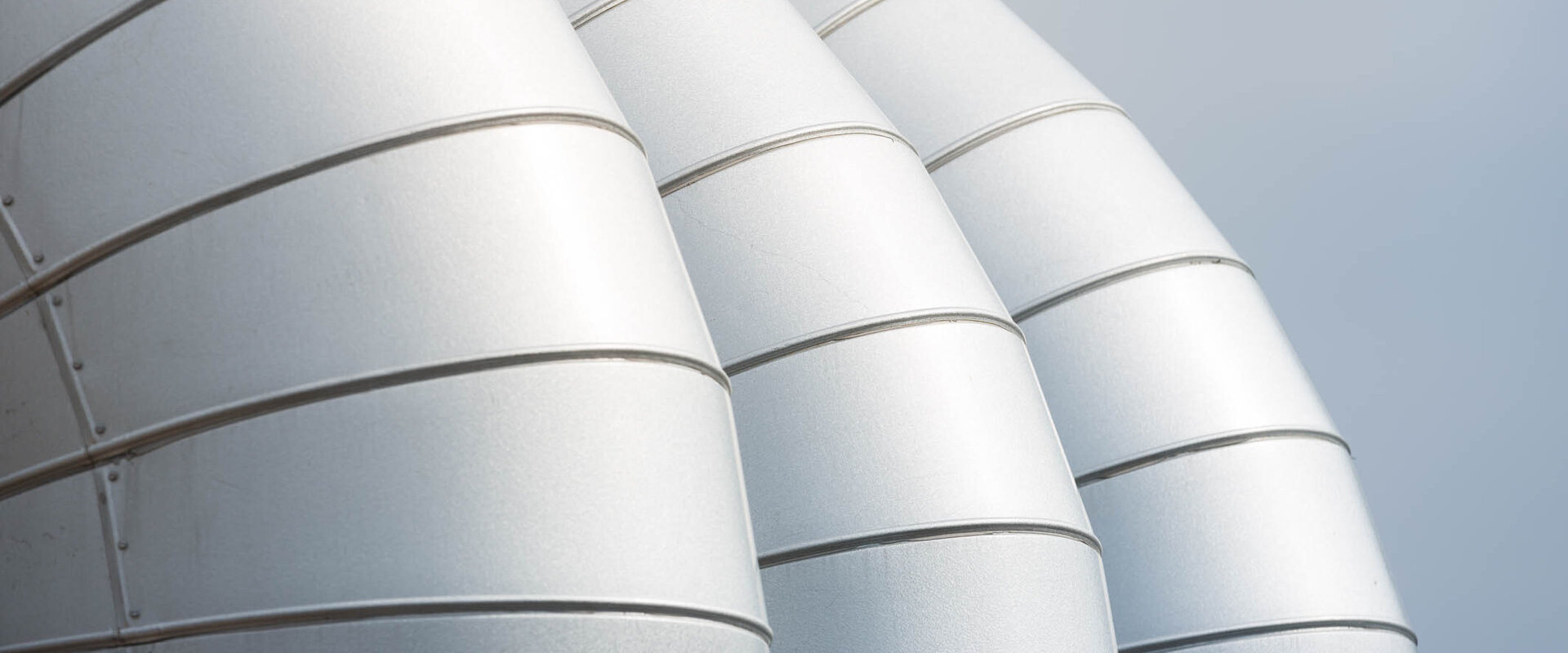Three transmission system operators are speeding up the hydrogen ramp-up with a powerful pipeline system
Kassel / Leipzig / Stuttgart. Fast, large and sustainable: With Flow – making hydrogen happen, GASCADE Gastransport GmbH, ONTRAS Gastransport GmbH and terranets bw GmbH want to create a pipeline system for climate-neutral hydrogen that runs from the Baltic Sea to southwest Germany in three steps. Looking ahead, this corridor should connect five European neighboring countries. A host of project partners are already on board now.
Our mission
“Through the project, we want to advance the efforts of society, business and the government to switch our own energy supply – sustainably and securely,” says GASCADE Managing Director Christoph von dem Bussche. Hydrogen is a key element in decarbonization. As a molecule, hydrogen, and hence renewable energy, can be transported and stored on a large scale. It will thus be able to play a comparable role to natural gas. “With Flow – making hydrogen happen, we are creating the central transport infrastructure, which makes us an essential instrument in the success of the energy transition,” as von dem Bussche stresses.
Our plan
The project partners expect northern Germany to become the hub for hydrogen imports and hydrogen production both onshore and offshore. This will soon result in a significant need for transport heading south, as is already the case with renewable electricity. Flow – making hydrogen happen will meet that need: The plan is to have converted the first large pipelines for hydrogen transport by 2025, so that significant quantities can be transported from Mecklenburg-Western Pomerania to Thuringia. The conversion in Hesse and the Rhineland-Palatinate is due to follow in 2028. It will then be possible from 2030 to transport hydrogen to Baden-Württemberg and Bavaria. “Together, we’re making fast and efficient progress,” says terranets bw Managing Director Katrin Flinspach. “The advantage of Flow – making hydrogen happen lies in the rapid implementation thanks to converting the gas pipelines. Working together, we will achieve a large transport capacity from northern Germany to the south that the market can prepare for in its plans.”
For the most part, the project partners will convert existing gas pipelines. At a length of more than 1,100 km and a feed-in capacity of up to 20 GW (depending on the pressure level), the pipeline system will already be large in dimension at the start – and will be expanded going forward. “Through the use of the existing infrastructure and the connection with existing hydrogen projects, such as “H2 for Baden-Württemberg” and the ONTRAS H2 start network, we are creating a strong and sustainable transport option for large quantities of hydrogen. We are therefore making a decisive contribution to the diversification of the energy system and to supply security in large parts of Germany,” as ONTRAS Managing Director Ralph Bahke explains.
Looking ahead
In addition, Flow – making hydrogen happen is focused on Europe and offers attractive links for many countries that border on Germany. The project partners have applied to the EU for the status of a Project of Common Interest (PCI). The focus is especially on the Baltic region: The pipelines filled with domestic hydrogen are the nucleus of a European infrastructure for imports from the Scandinavian countries and for transit heading south. “We plan to connect the Danish energy island of Bornholm in 2027, and Austria, the Czech Republic, Poland and France are to follow in the years from 2030,” as GASCADE Managing Director von dem Bussche explains.
Further information on the Flow – making hydrogen happen project can be found on the project page (www.flow-hydrogen.com).





